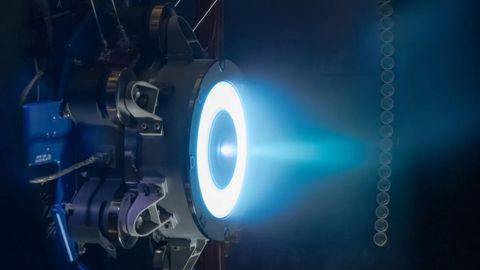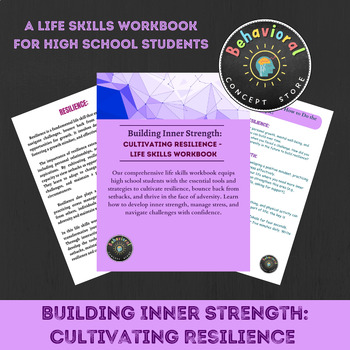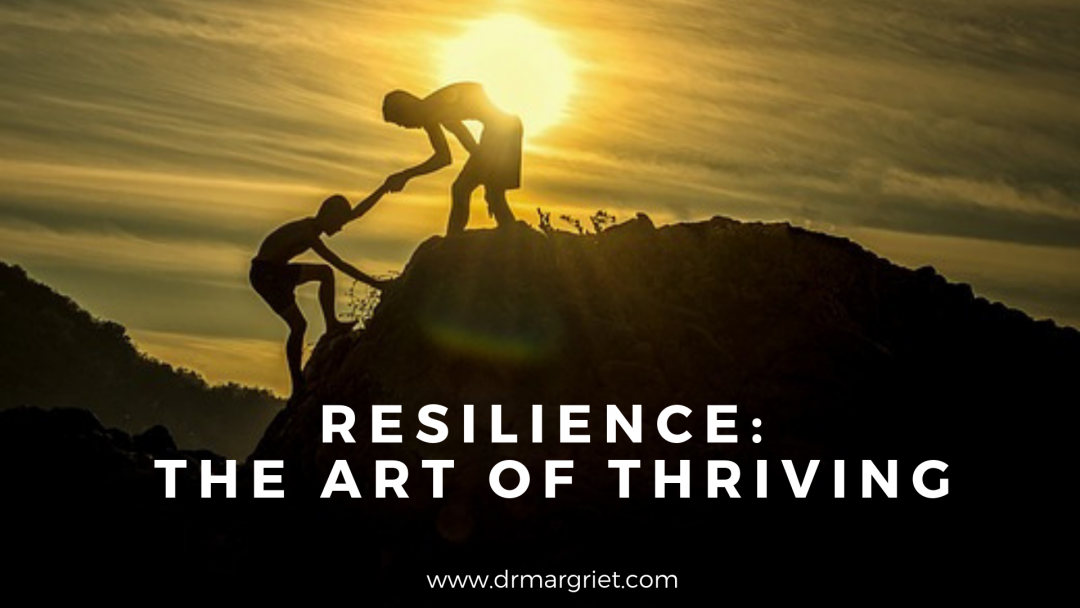Logitech's Next Challenge: Building A Forever Mouse

Table of Contents
The Current Landscape of Mouse Durability
The average computer mouse boasts a lifespan far shorter than its potential. Worn-out buttons, malfunctioning scroll wheels, and internal component failures are common culprits, leading to premature disposal and frequent replacements. This short lifespan creates significant consumer frustration, not to mention a substantial environmental impact. Mountains of electronic waste accumulate due to these disposable devices, highlighting the need for a more sustainable approach.
- Statistics on average mouse lifespan: Studies suggest that the average lifespan of a standard mouse is between 12 and 18 months.
- Common failure points of existing mouse models: The most frequent points of failure include the left and right mouse buttons, the scroll wheel mechanism, and the internal electrical circuitry.
- Environmental impact of short-lived electronics: The production, distribution, and disposal of countless mice contribute significantly to e-waste pollution, impacting our planet's resources.
Logitech's Technological Hurdles
Creating a "forever mouse" presents several significant technological hurdles for Logitech. Material science plays a crucial role. Finding materials robust enough to withstand years of intense use without degrading is a major challenge. Component selection is equally vital; every internal part needs to be designed for extreme durability. Furthermore, designing for repairability is essential. A modular design, allowing for easy repair and component replacement, is crucial for extending the product's lifespan.
- Challenges in material selection for extended durability: Finding plastics and metals that resist wear, tear, and chemical degradation while remaining environmentally responsible is a significant challenge.
- Designing for ease of repair and component replacement: A modular design, with easily replaceable parts like buttons and switches, is key to extending the life cycle of the mouse.
- Manufacturing processes that enhance product longevity: Precision manufacturing and quality control are vital to ensuring that the mouse components function flawlessly for extended periods.
The "Forever Mouse" – Design & Sustainability Considerations
The design of a truly long-lasting mouse must consider ergonomics, environmental impact, and overall resilience. Ergonomic design minimizes strain on the user's hand and wrist, reducing fatigue and encouraging prolonged, comfortable use. Water and dust resistance protect the internal components from damage, extending the mouse's functionality. Sustainability is paramount; using recycled materials, minimizing packaging waste, and designing for a long product lifecycle are vital elements.
- Ergonomic design features for prolonged comfort and use: Consideration should be given to factors like hand shape, weight distribution, and button placement to promote user comfort.
- Materials for increased durability and reduced environmental impact: Utilizing recycled plastics and other sustainable materials is critical in reducing the environmental footprint.
- Sustainable manufacturing practices to minimize the carbon footprint: Logitech must commit to environmentally friendly manufacturing processes throughout the entire production chain.
Consumer Perception and Market Acceptance
The biggest hurdle might be consumer perception. A "forever mouse," with its inherently higher price point compared to disposable alternatives, needs a strong value proposition to resonate with the market. Will consumers value longevity over immediate affordability? Logitech will need a sophisticated marketing strategy to demonstrate the long-term cost-effectiveness of a durable, repairable mouse.
- Potential price points for a "forever mouse": A premium price point is likely, reflecting the increased cost of durable materials and a more complex design.
- Marketing strategies to highlight the long-term value: Emphasizing the total cost of ownership, highlighting the reduced need for replacements, and focusing on sustainability are key marketing messages.
- Consumer surveys and feedback regarding product lifespan and pricing: Conducting thorough market research is crucial to understanding consumer preferences and price sensitivity.
Conclusion
Building a truly "forever mouse" presents significant challenges for Logitech, requiring innovations in material science, design, and manufacturing. Overcoming these hurdles, however, will create a sustainable, high-quality product that benefits both consumers and the environment. The key lies in balancing durability, sustainability, and consumer acceptance. We encourage you to share your thoughts on the feasibility of building a forever mouse and the features you would value most in such a product. What would the ultimate forever mouse look like? Engage with Logitech directly through social media or their website to contribute to the discussion around building a forever mouse and the future of forever mouse technology. Let's build the future of durable and sustainable computer peripherals together!

Featured Posts
-
 Liverpool Juara Liga Inggris 2024 2025 Pelatih Pelatih Legendaris Di Balik Kesuksesan The Reds
May 21, 2025
Liverpool Juara Liga Inggris 2024 2025 Pelatih Pelatih Legendaris Di Balik Kesuksesan The Reds
May 21, 2025 -
 Chinas Next Giant Leap Building A Supercomputer In Space
May 21, 2025
Chinas Next Giant Leap Building A Supercomputer In Space
May 21, 2025 -
 Provence Walking Trails Self Guided Hiking From Mountains To The Mediterranean
May 21, 2025
Provence Walking Trails Self Guided Hiking From Mountains To The Mediterranean
May 21, 2025 -
 Enjoy The City A Curated List Of Manhattan Outdoor Dining Spots
May 21, 2025
Enjoy The City A Curated List Of Manhattan Outdoor Dining Spots
May 21, 2025 -
 Mangas Disaster Prediction Analyzing The Impact On Japanese Tourism
May 21, 2025
Mangas Disaster Prediction Analyzing The Impact On Japanese Tourism
May 21, 2025
Latest Posts
-
 Cultivating Resilience A Guide To Mental Strength
May 21, 2025
Cultivating Resilience A Guide To Mental Strength
May 21, 2025 -
 Staying Safe During Fast Moving Storms With High Winds
May 21, 2025
Staying Safe During Fast Moving Storms With High Winds
May 21, 2025 -
 Bayern Munichs Bundesliga Triumph Delayed Leverkusen Victory And Kanes Absence
May 21, 2025
Bayern Munichs Bundesliga Triumph Delayed Leverkusen Victory And Kanes Absence
May 21, 2025 -
 Boosting Mental Resilience Overcoming Challenges And Thriving
May 21, 2025
Boosting Mental Resilience Overcoming Challenges And Thriving
May 21, 2025 -
 Damaging Winds Essential Safety Tips For Fast Moving Storms
May 21, 2025
Damaging Winds Essential Safety Tips For Fast Moving Storms
May 21, 2025
